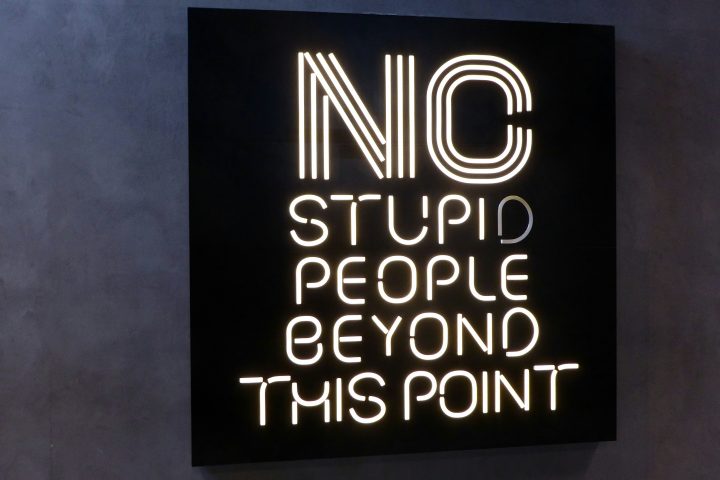When people hear the word empathy, they often think of soft skills, kindness, or emotional sensitivity. But what if empathy could be used as a deliberate, skillful way of understanding someone else’s perspective in order to influence, negotiate, and guide them toward change?
That’s the idea behind tactical empathy, a way of listening, naming emotions, and showing understanding that builds trust and helps move people forward. And when it comes to leading transformations—whether in organizations, teams, or personal lives, tactical empathy isn’t just nice to have. It’s the engine that moves people.
What is Tactical Empathy and Where It Is Built
Criss Voss, a former FBI negotiator, talks about tactical empathy. I would like to present to you a bit more sliced way of thinking about it. For me, most likely since I don’t negotiate over someone’s life, tactical empathy is a strategic tool for transformation work. It’s the ability to recognize the emotions and perspectives of others, verbalize that recognition so they feel understood, and then use that understanding strategically to build trust and create movement. It is not manipulation, and it doesn’t mean agreeing with everything. It means showing people you genuinely get where they are coming from. In high-stakes negotiations, that can mean life or death. In transformations, it can mean the difference between momentum and resistance.
The practice of tactical empathy is built on several layers. First, it begins with recognizing emotions: spotting fear, frustration, doubt, or excitement by listening not only to words but also to tone and body language. Once recognized, those emotions are labeled, and saying them out loud helps diffuse tension and makes people feel seen, as in, “It sounds like you’re concerned this will add more work.” From there, understanding is demonstrated through mirroring and paraphrasing until the other person responds with “That’s right,” a signal that their perspective has been captured. Another foundation is creating safety by allowing “no,” framing questions so people feel in control and protected, like “Would it be a bad idea to test this with a small group first?” Trust grows when leaders slow down, listen actively, and reduce defensiveness, showing they stand alongside rather than against. Only then can the conversation move toward guiding change, where people are invited to co-create solutions, such as “Given your concerns, how might we adjust this rollout?”
These elements weave together cognitive empathy (understanding one’s perspective), emotional empathy (acknowledging another’s feelings), and compassionate empathy (showing a willingness to act). Tactical empathy packages them into a strategic toolkit for negotiation and transformation.
Why Transformation Fails Without It
Most transformations hit resistance because leaders push change onto people without first acknowledging their fears, doubts, and motivations. When people don’t feel heard, they dig in.
Employees resist new systems because they fear becoming obsolete. Teams drag their feet because past change initiatives fizzled out. Leaders struggle to align stakeholders because everyone has competing priorities and interests.
Tactical empathy cuts through that resistance. By naming concerns out loud, “It seems like you’re worried this new system will make your role redundant”. Leaders disarm defensiveness and invite dialogue, be it with their team members or colleagues.
How to Apply Tactical Empathy in Transformation
There are practical ways to put it into action. Mirror and label what people say to show you’re listening, for example: “It sounds like you’re frustrated with how this affects your workload.” Keep clarifying until you reach the “That’s right” moment, a clear sign that trust is forming. Slow down to speed up by taking the time to hear out objections before pushing solutions; paradoxically, this accelerates change in the long run. And instead of chasing yes, create safe “no”s that make people feel respected, like: “Would it be a bad idea if we piloted this change with one small team first?”
Tactical Empathy as a Transformation Superpower
The brilliance of tactical empathy lies in its practicality. You don’t need to be a therapist or endlessly patient. But you need to listen intently, acknowledge, and reflect on what others feel.
Transformation isn’t about hammering people into compliance. It’s about guiding them through fear and uncertainty until they can see a future they want to be part of. And that starts with empathy. Not as a soft gesture, but as a tactical tool. In the end, tactical empathy isn’t about grand strategies; it’s about moments. Sometimes it’s the difference between a stalled project and a breakthrough. And sometimes, it’s the difference between a naked 8-year-old declaring naked chillaxing day and that same child putting on a t-shirt and undies, croissant in hand like a victory trophy.




